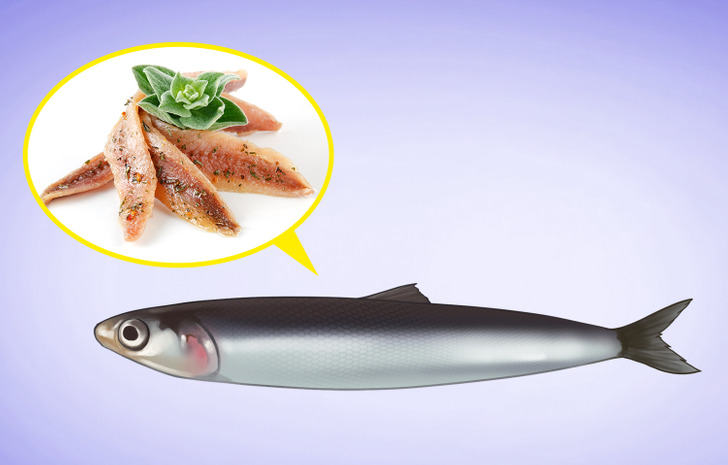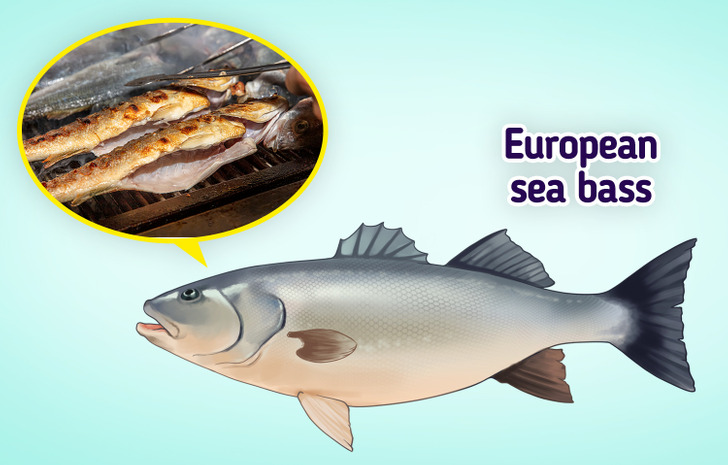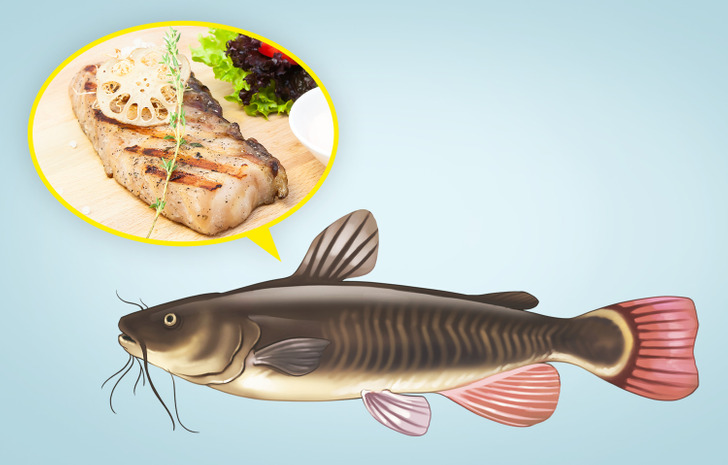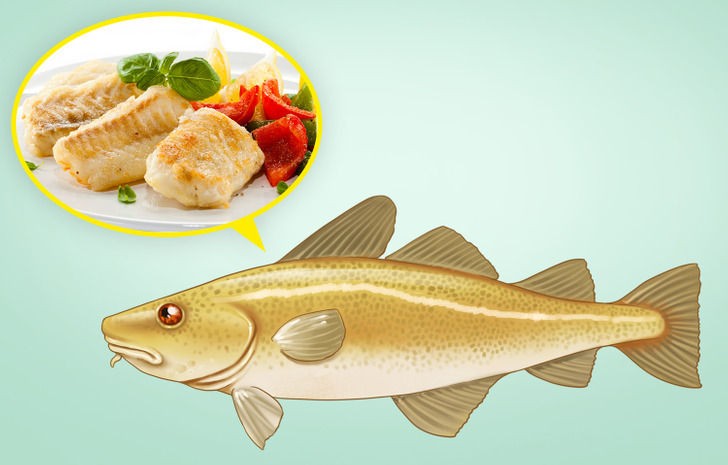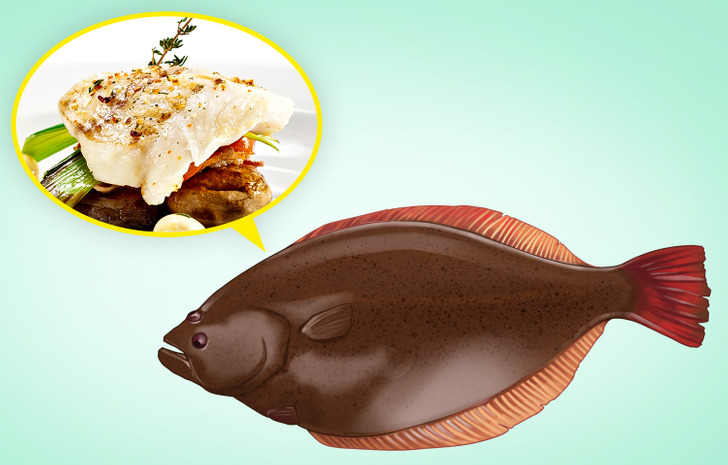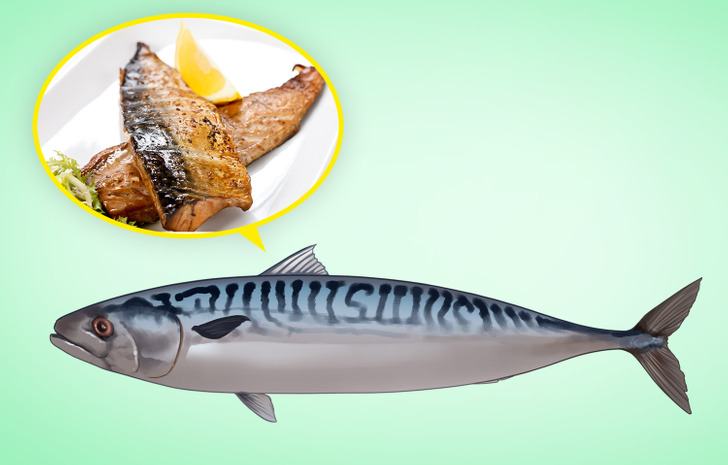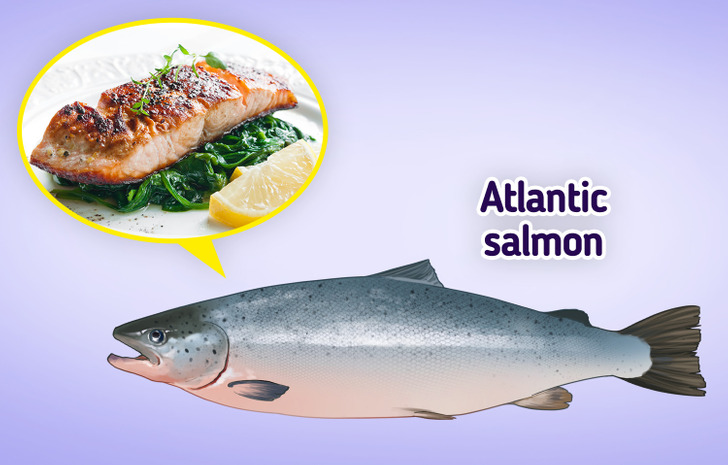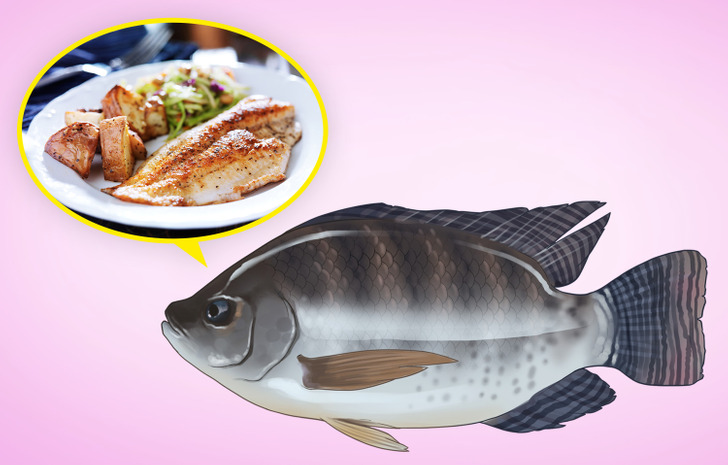8 Types of Fish to Include in Your Next Grocery List
Fish provides a wide variety of nutrients and protein and can be a healthier alternative to meat. Moreover, health experts recommend eating fish at least twice during the week, especially fatty fish with high levels of omega-3.
5-Minute Crafts has created this guide with 8 different types of fish that you can include in your diet.
1. Anchovies
Anchovies are a very small type of fish, ranging from 10-15 cm. They can be found in temperate regions across the world. They’re usually used as a garnish or a seasoning as they have a strong umami taste, which is comparable to truffles, aged meats, or Parmigiano cheese.
💡Anchovies are packed with nutrients including omega-3 fatty acids, niacin, vitamins A and B12, potassium, calcium, and selenium.
2. Bass
The word bass can apply to many species, like black sea bass, European sea bass, and striped sea bass. This type of fish usually has firm flesh with a mild flavor, which goes along with simple skeletons that are ideal for filleting.
When cooking bass, it’s advisable to leave the skin on to get a crunchy texture or to cook the entire fish to get moist flesh.
💡 Bass is a low-calorie food that has no carbs.
3. Catfish
Catfish are a varied fish family with many subspecies that have evolved according to their environment, with more than half of the total species living across the Americas. Most catfish have developed long barbels around their mouths, which help them locate prey and taste food.
It’s usually sold skinned, as its smooth skin can be hard to remove. Slightly sweet catfish fillets can be baked, poached, grilled, sautéed, fried, or cooked in a stew.
💡Catfish is a great source of lean protein and vitamin B12.
4. Cod
Cod is a type of saltwater fish that works very well either broiled, baked, or in a chowder. It can be found from the Atlantic to the Pacific, with both varieties having a mild flavor and flaky white flesh.
Even though this species has gone through some sustainability issues, it’s quite prolific as a large female cod is capable of laying around 10 million eggs per year.
💡Cod is a good source of iodine, a very important compound for thyroid function.
5. Halibut
Halibut is the largest flatfish. It swims sideways, having both eyes on one side of its head. It can be quite large so it’s usually sold in frozen fillets. Even though halibut is a lean fish, its firm, white flesh has a strong flavor.
💡Halibut provides many nutrients, including high-quality protein, selenium, and vitamin B6.
6. Mackerel
Mackerel is a colorful fish with healthy and tasty dark flesh. It’s very popular in the United Kingdom, where it can be found in different varieties, including raw and hot smoked. It’s also used for sushi and sashimi by Japanese consumers.
💡This type of fish usually has more vitamin B-12 and omega-3s than any other fish species.
7. Salmon
Salmon is very popular for its culinary versatility, as well as for its content of omega-3 fatty acids. It has a tender texture and a soft-to-rich taste, which can depend on whether the salmon has been farmed or caught in the wild, as well as on the species.
💡Besides omega-3 fatty acids, salmon also provides other nutrients, including vitamin D, zinc, potassium, and magnesium.
❗Atlantic Salmon is considered one of the most important game fish species. However, their populations have severely decreased in number, making these species endangered in some places.
8. Tilapia
Tilapia is a type of freshwater fish that can be found in ponds, rivers, or lakes. However, it’s highly adaptable to saltwater, which makes it ideal for farming in many other different habitats. It usually has firm, white flesh with a rather soft taste.
💡Tilapia is a healthy source of protein and is packed with nutrients, like niacin, selenium, and vitamins B12 and D.
